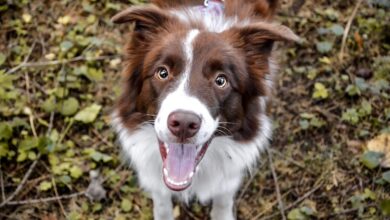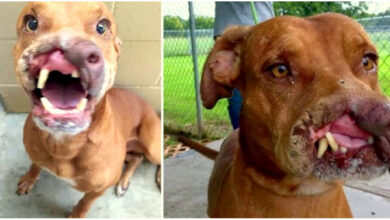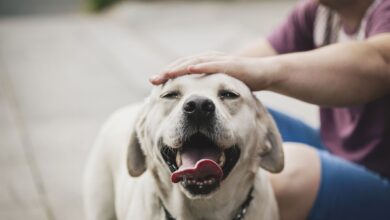The 10 most obese dog breeds
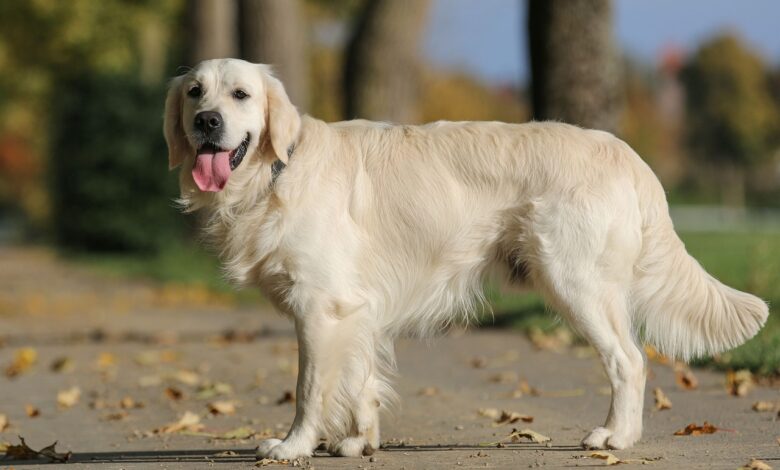
Obesity in dogs is a serious health problem that can lead to countless complications, including diabetes, heart disease, and joint problems. Some dog breeds are more susceptible to obesity due to genetic predisposition, slower metabolism, and lifestyle factors that can contribute to weight gain. Owners of these breeds need to be especially vigilant in managing their diet, exercise habits, and regular veterinary checkups to prevent obesity. Understanding which dog breeds are most at risk can help owners take proactive steps to ensure their pets live healthier, more active lives. This article outlines the ten dog breeds most susceptible to obesity, discusses the specific reasons why they are vulnerable, and provides insight into how to manage and prevent excessive weight gain in these breeds. this dog.
1. Labrador retriever
Labrador Retrievers are one of the most popular dog breeds worldwide but they are also prone to obesity. This tendency partly stems from their voracious appetite and genetic tendency to gain weight. Labs are often used as working dogs in a variety of capacities, which can cause them to be overfed to keep them energized. However, without proper exercise, this can lead to significant weight gain. It’s important for owners to measure portion sizes, limit treats, and make sure the Lab gets plenty of exercise to maintain a healthy weight.
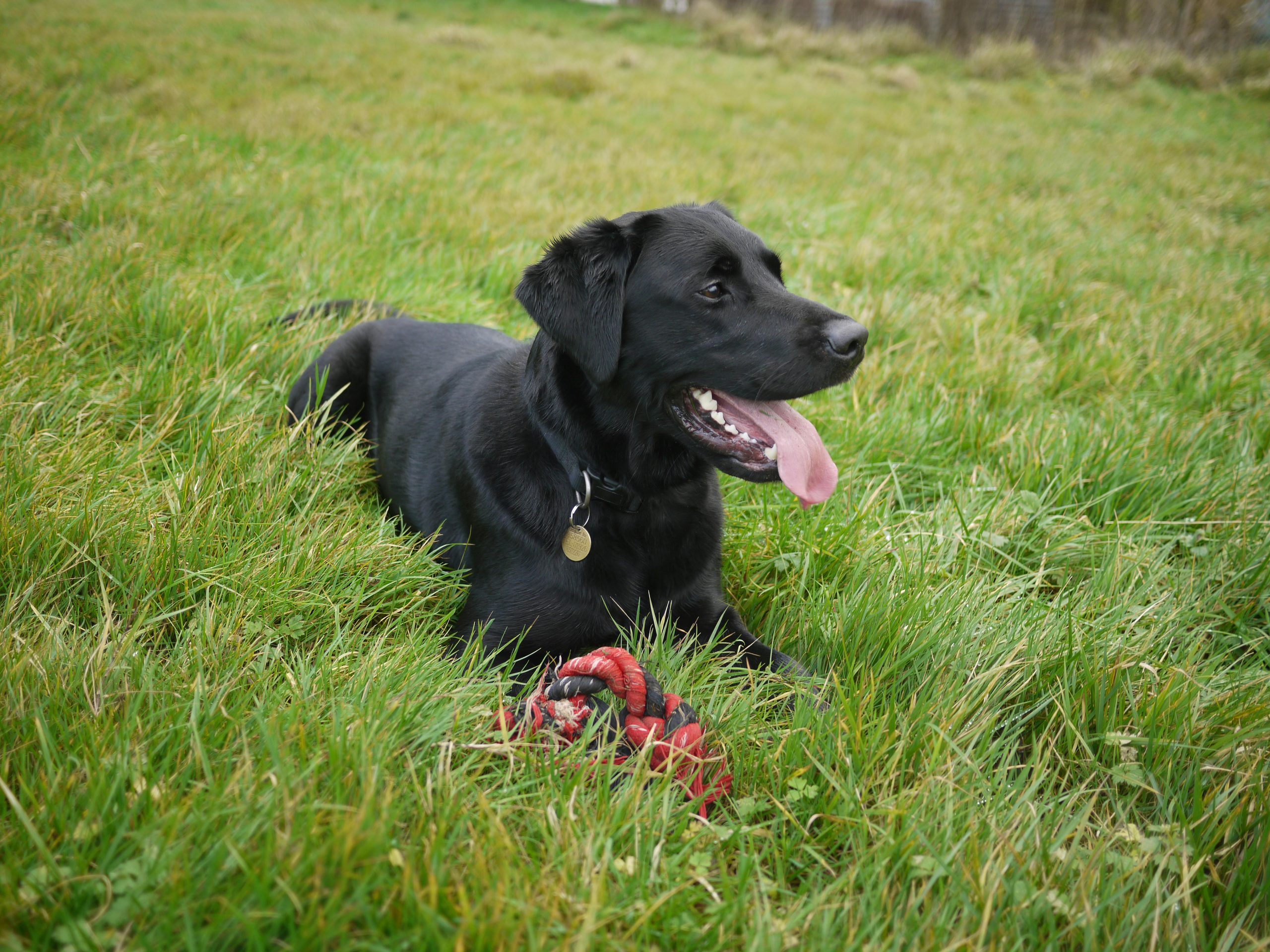
2. Pug dog
Pugs have a natural tendency toward obesity due to their small stature and less active lifestyle. These charming dogs are known for their playful yet laid-back nature, often preferring to roam rather than vigorous physical activity. Pug dogs also have a very gluttonous appetite, which if not managed carefully can lead to rapid weight gain. Owners need to exercise their puppies daily and closely monitor their diet to prevent obesity and related health problems such as respiratory and joint problems.
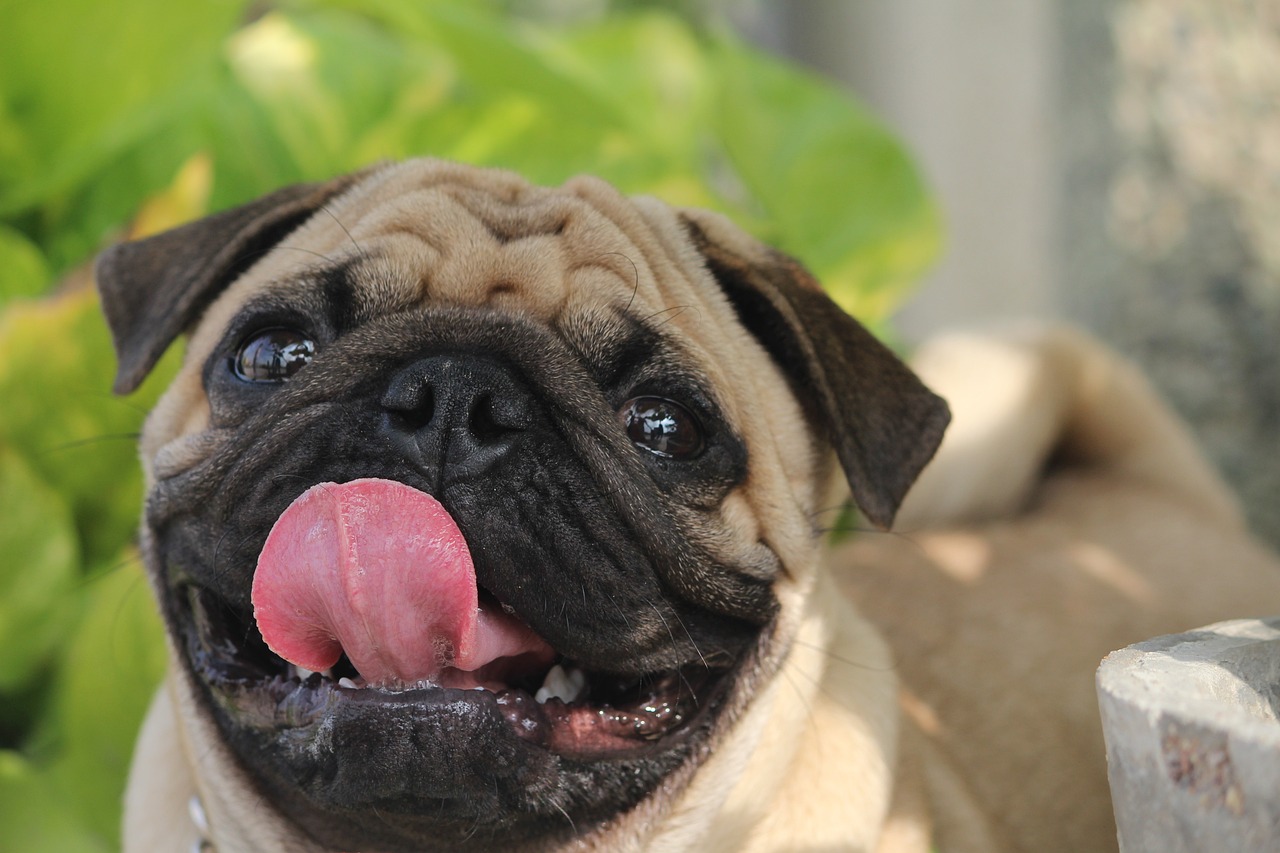
3. Dachshund dog
Dachshunds are especially susceptible to weight gain due to their long spine structure and short legs, which can interfere with active play. Obesity in dachshunds is especially dangerous because excess weight can lead to back problems, including intervertebral disc disease. Effective weight management includes regular, gentle exercise appropriate to their physical abilities and careful monitoring of food intake to avoid overfeeding.

4. Basset Hound
Basset Hounds are naturally prone to obesity because of their body structure and slow metabolism. Their short legs and long bodies make excess weight especially burdensome, aggravating joint problems and increasing the risk of heart disease. Owners of Basset Hounds should prioritize regular moderate exercise and closely control their diet to control their tendency to gain weight.
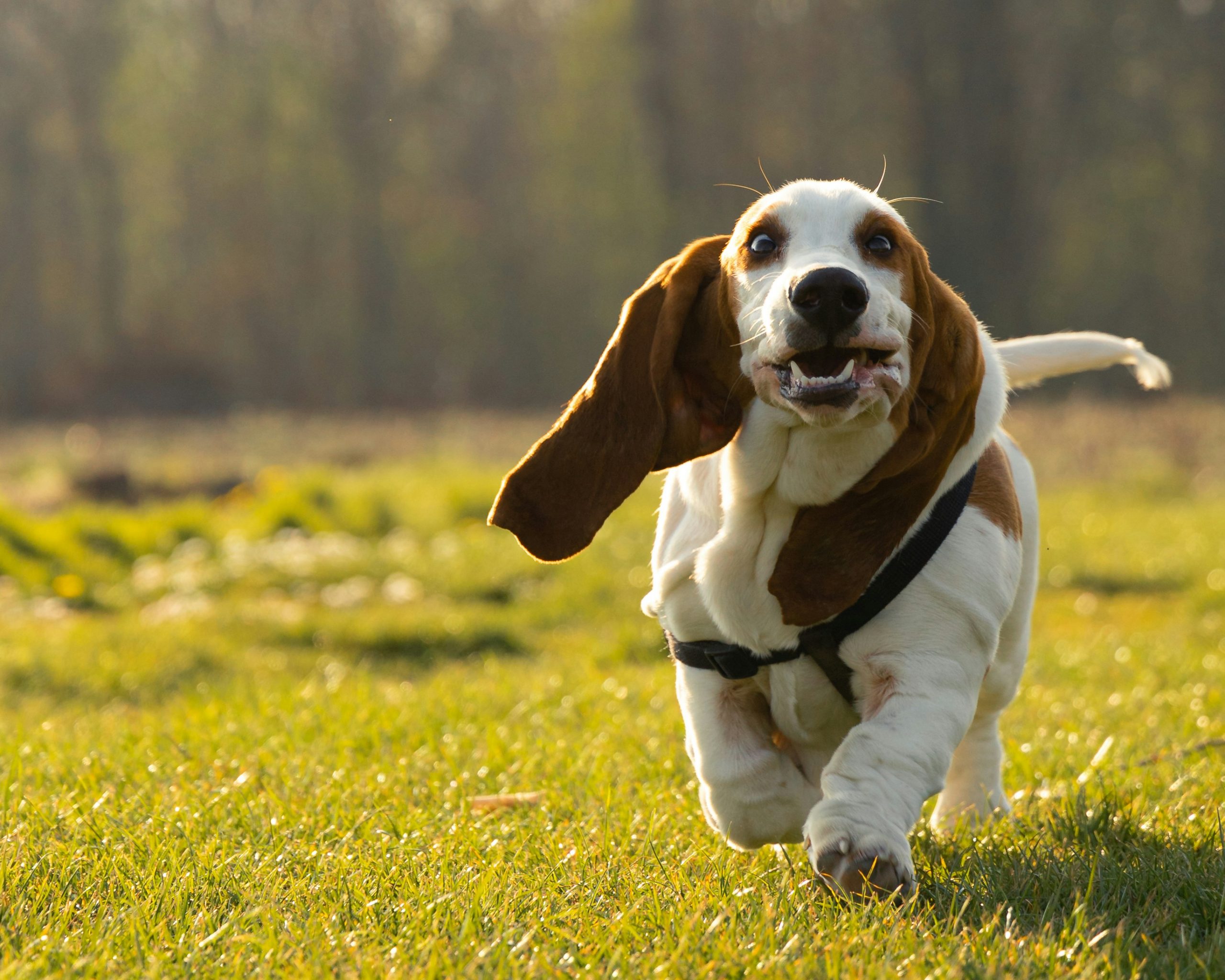
5. Hunting dog
Beagles are prone to obesity because of their incredible sense of smell, which can guide them to food sources and their eating preferences. They require plenty of exercise to balance their intake and maintain a healthy weight. Without adequate physical activity and controlled feeding, Beagles can quickly become overweight, leading to additional stress on their joints and overall health.

6. Spanish Dog
Cocker Spaniels are susceptible to obesity, especially as they age and their activity levels decrease. Known for their gentle and affectionate nature, they can easily gain weight if their calorie intake is not adjusted to accommodate their slowing metabolism. Regular veterinarian checkups and a balanced diet are essential to keep your Cocker Spaniel in optimal health.
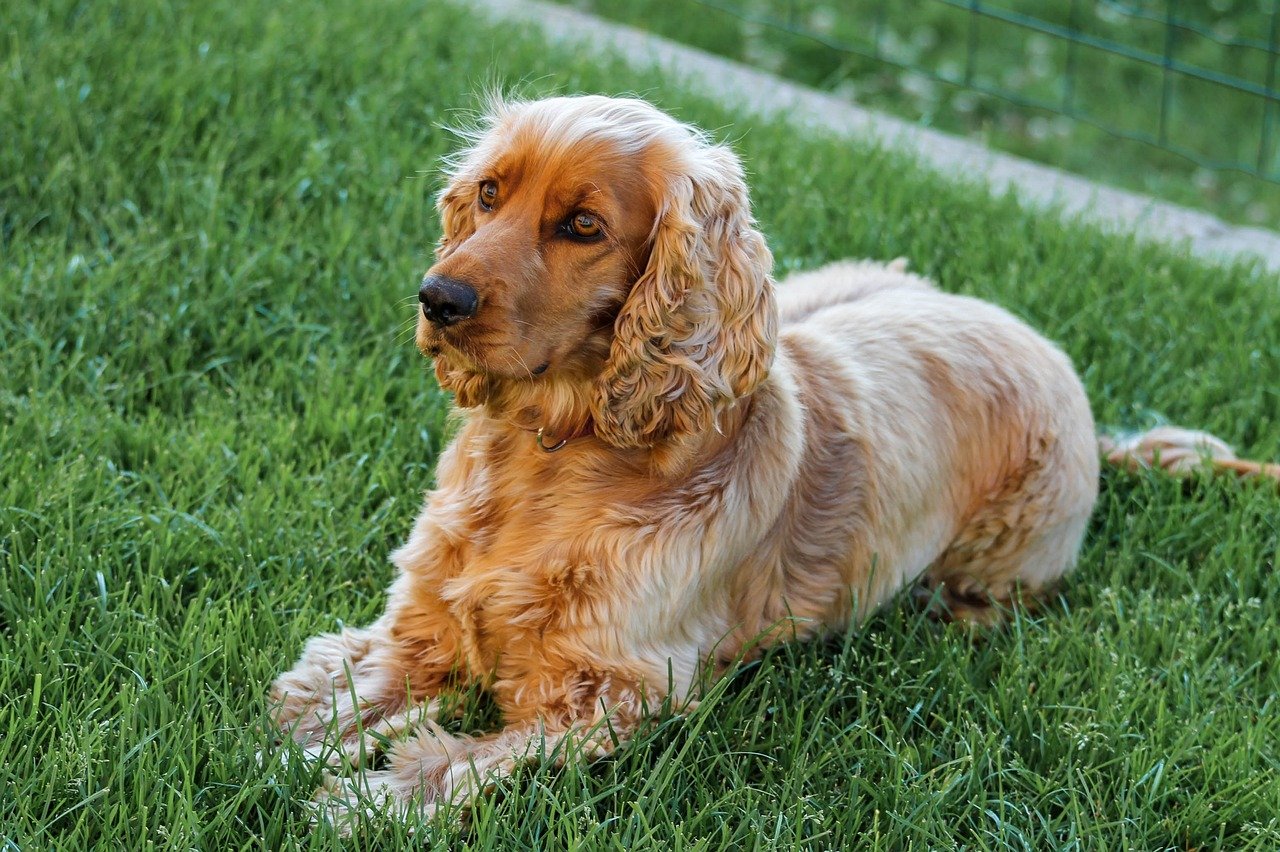
7. Puppies
Bulldogs, both English and American breeds, are prone to obesity due to their compact body and tendency to be physically inactive. Their stout bodies and breathing problems often discourage vigorous exercise, contributing to weight gain. Bulldogs require a carefully considered diet and moderate exercise appropriate to their physical abilities to prevent obesity.
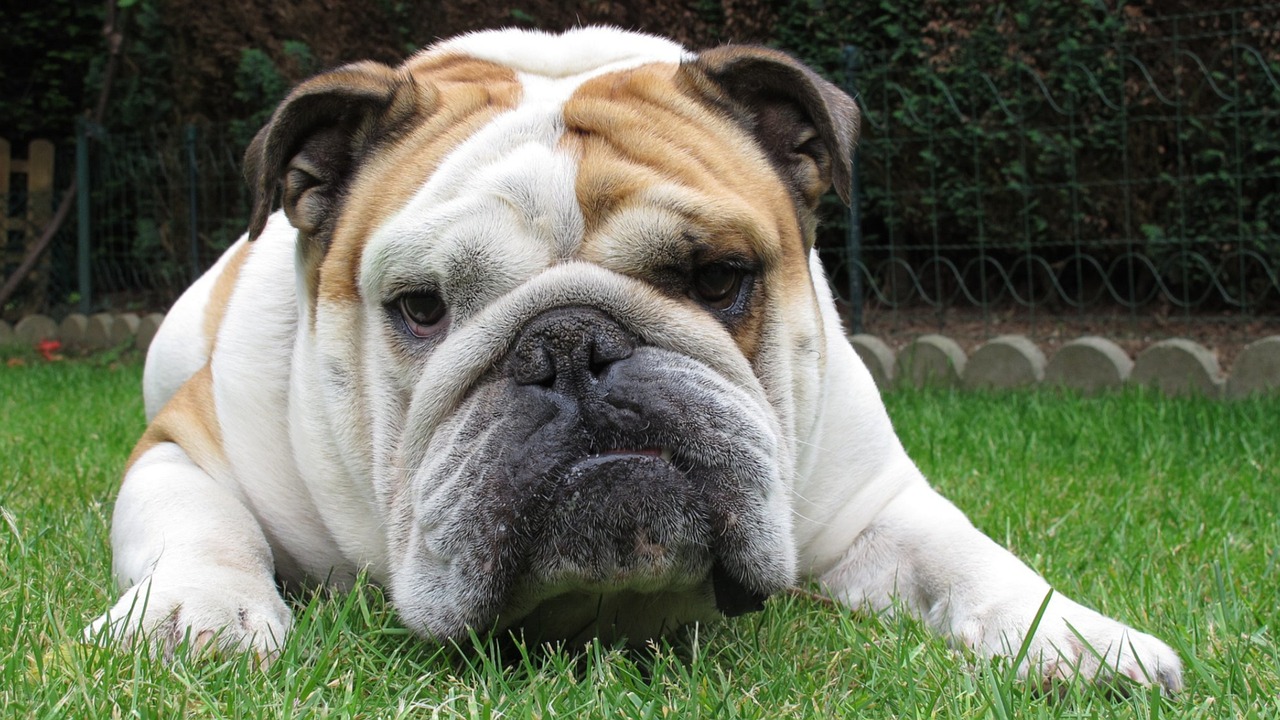
8. Boxer
Boxers are generally active dogs but can become obese if their diet and exercise are not carefully managed. Their muscle and energy make them susceptible to overfeeding by owners, who may misjudge the amount of food needed for their activity level. Regular exercise and a diet tailored to their energy expenditure are important to prevent obesity in Boxers.

9. Golden retriever
Golden Retrievers are prone to obesity due to their love of food and sometimes sedentary lifestyle, especially in old age. They are sociable dogs, often participating in family meals and get-togethers where they can overeat. It is important for Golden Retriever owners to monitor their dog’s food intake and maintain a proper exercise regimen to avoid weight problems.
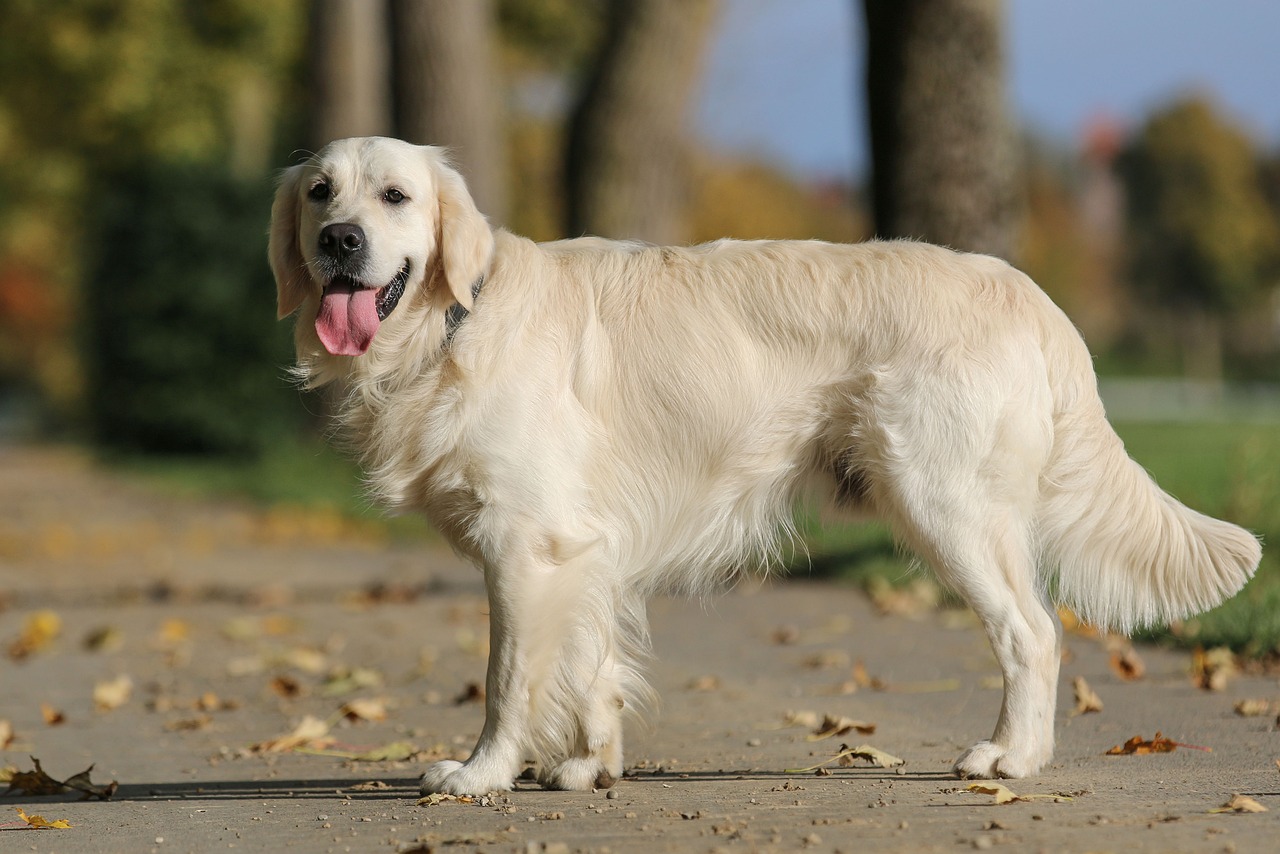
10. Rottweiler
Rottweilers are large, healthy dogs that can be prone to obesity if their high calorie needs are not balanced with adequate exercise. They need a significant amount of physical activity to match their intake; otherwise, they may gain weight quickly. Maintaining a reasonable diet and regular physical exercise is essential to keep Rottweiler dogs healthy and prevent obesity.
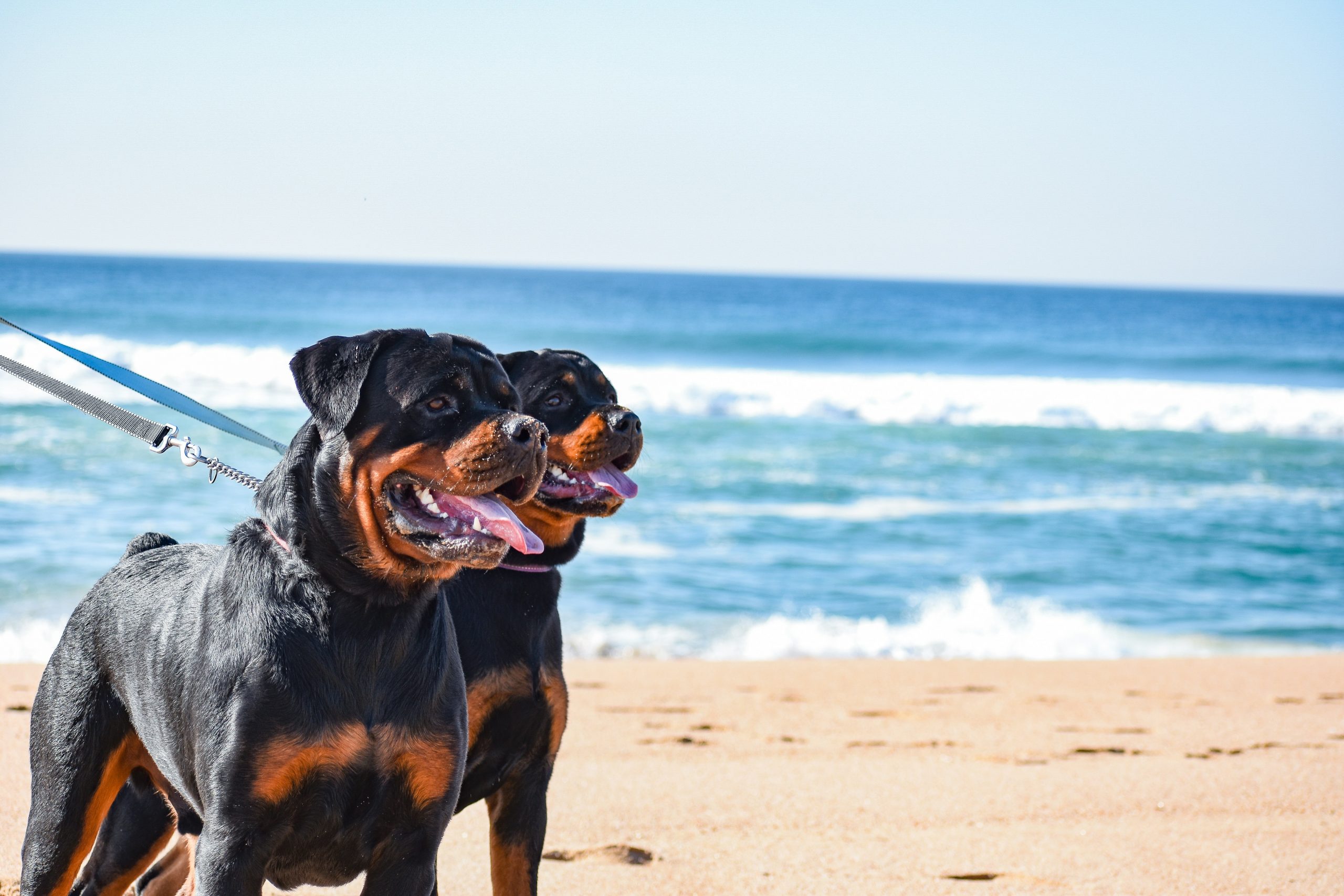
Controlling your dog’s weight is important for their overall health and longevity, especially for breeds that are prone to obesity. Owners should be vigilant about their pet’s diet and exercise regimen, making adjustments as necessary to prevent excessive weight gain. Regular veterinary checkups can also help detect any weight problems early before they lead to more serious health problems. By understanding and addressing the specific needs of these breeds, owners can ensure their furry friends live happy and healthy lives.
